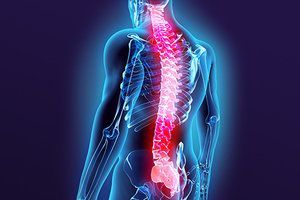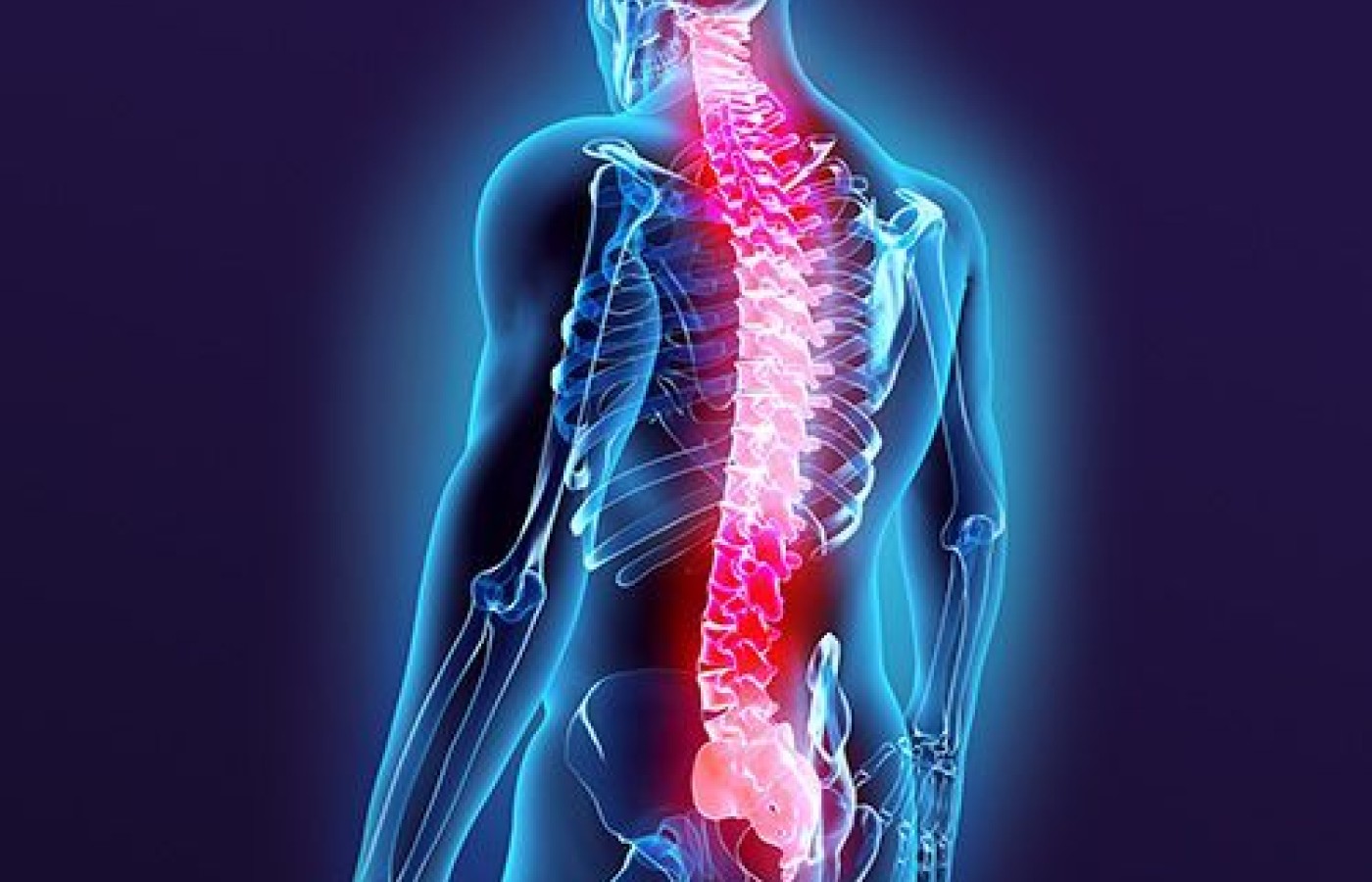TrA-2, my primary needle location, I needle 95% of the time and I think it works the best. You’ll know you have the right point location when you discover the muscle twitching when applying electric stimulation.
Acupuncture and the Treatment of Spinal Stenosis
The Dai Mai (Belt Vessels)
In the "Huangdi Nanjing" (The Yellow Emperor's Classic of Internal Medicine) the Dai Mai (Belt Vessel) is described as encircling the waist, and is the only horizontally-flowing meridian, with a main function of regulating the movement of qi upward and downward in the body.
Its external pathway arises at Ming Men Du-4 and passes to Shen Shu UB-23 before encircling the torso. While the main points of the Dai Mai are Daimai GB-26, Wushu GB-27 and Weidao GB-28, both Zhang Men LR-13 and Ju Liao GB-29 are sometimes mentioned as being associated with this meridian as well. Beyond its external pathway, the Dai Mai may be seen as an infinite series of belts that girdle the body and bind together all of the main meridians and extra vessels.
What is Spinal Stenosis?
Spinal stenosis is the narrowing of the tunnel that is formed by spinal vertebrae. As this tunnel narrows, it puts pressure on the spinal cord and nerves that travel through it, causing pain, tingling, numbness, muscle weakness, and problems with normal bladder or bowel function.

These symptoms are often considered to be related to qi deficiency and stagnation, and are commonly treated with such points as Guan Yuan Ren-4, Zusanli St-36, and Bai Hui Du-20, combined with local and Huato Jia Ji points.
However, practitioners can imagine stenosis as a series of imaginary belts tightening around the spinal column. This tightening makes it difficult for qi (in the form of nerve signals) to travel up and down the spine, leading to the aforementioned symptoms.
Thus, treatments for qi deficiency and stagnation are seldom effective in treating the patient, because they commonly fail to treat the root cause of the stenosis: a constriction of the Dai Mai (Belt Vessel).
Whenever treating spinal stenosis, it is vital to incorporate Zulinqi GB-41, and Waiguan TW-5, the Dai Mai's master and coupled point, respectively, into the treatment. This technique is usually used on patients who describe a sensation of "wearing a belt that is too tight," a common pathology of the external Dai Mai meridian. In clinical practice, I have seen it work on patients with spinal stenosis, with varying degrees of severity, in every part of the spine.
The Case Study
The patient, a 61-year old female, presented in my office with pain and a tingling sensation in both of her upper arms. She had been diagnosed via MRI with cervical stenosis, and was anxious to avoid a surgical decompression of her spinal cord. Her tongue was dusky, and her pulse was deep, but wiry on both sides.
Treatment Agenda
Prone treatment began with Zulinqi GB-41; Tianfu LU-3 was then added. Yanglingquan GB-34, Qiuxu GB-40, and Taichong LR-3 were added to address any tendinomuscular pain or tightness that might be complicating her case. Fengchi GB-20 was used to expel wind and treat tingling.
Huato Jia Ji points at T1 and T2 were added along with Dazhui Du-14, and treatment was ended by needling Waiguan TW-5. All points were needled bilaterally. The classical texts disagree on how to open the extraordinary vessels. Some recommend the right-sided Master point followed by the left-sided Coupled point, and others recommend the opposite. In my clinical practice, I needle both.
After three visits, spaced one week apart, with the same treatment protocol, the tingling had diminished from a self-rated 7 out of 10 to a 2 out of 10; the pain having disappeared completely. After 8 weeks, with the same base treatment protocol, with points to treat secondary complaints such as seasonal allergies added, for each visit, the tingling only appeared after long car trips, and seemed to go away on its own.
Case Study Results
Despite the lack of MRIs in ancient China, the acupuncture meridians outlined in the Huangdi Nanjing (The Yellow Emperor's Classic of Internal Medicine) offer practitioners a very successful method of treating stenosis of the spine.
By opening the Dai Mai (belt vessel) and allowing qi (in the form of nerve signals) to travel up and down the spinal cord, acupuncturists can offer non-surgical, drug free relief to a wide variety of symptoms.



